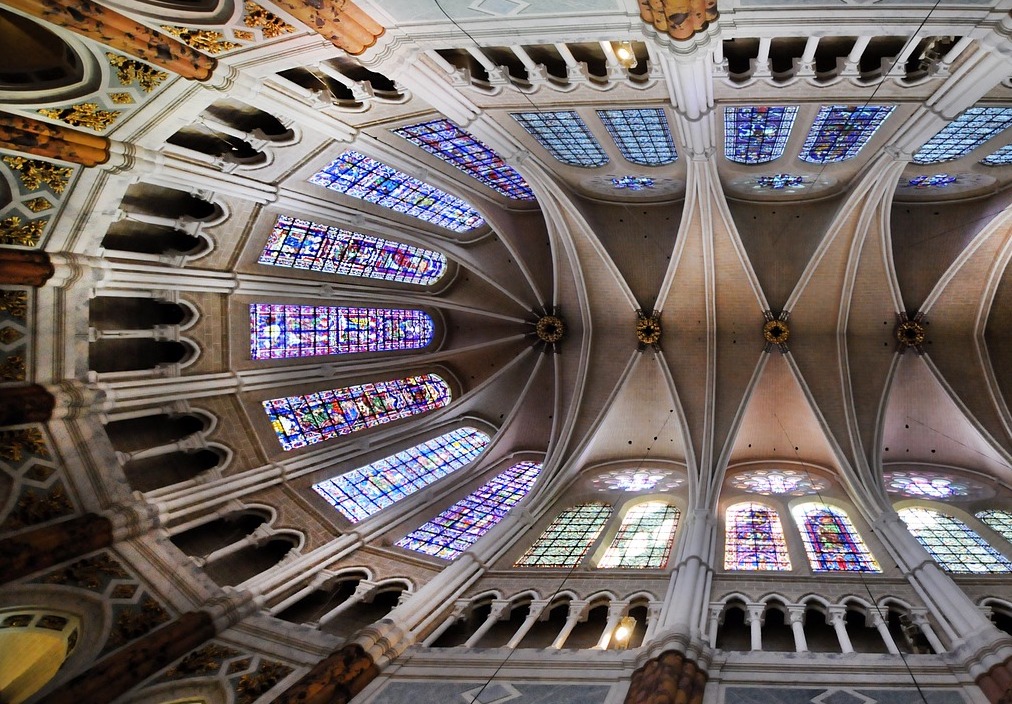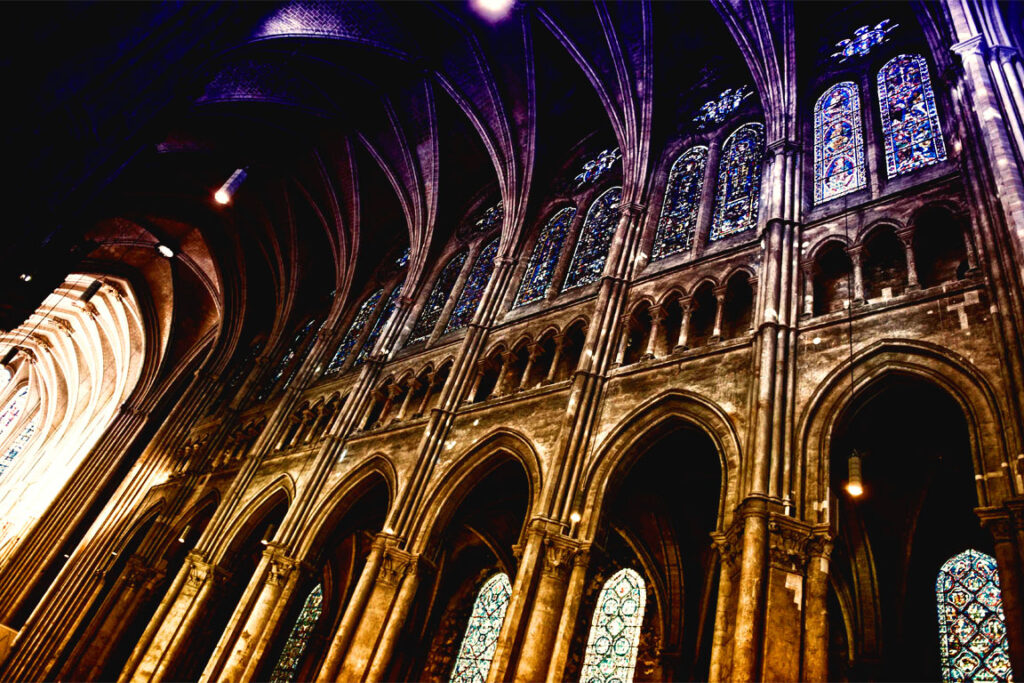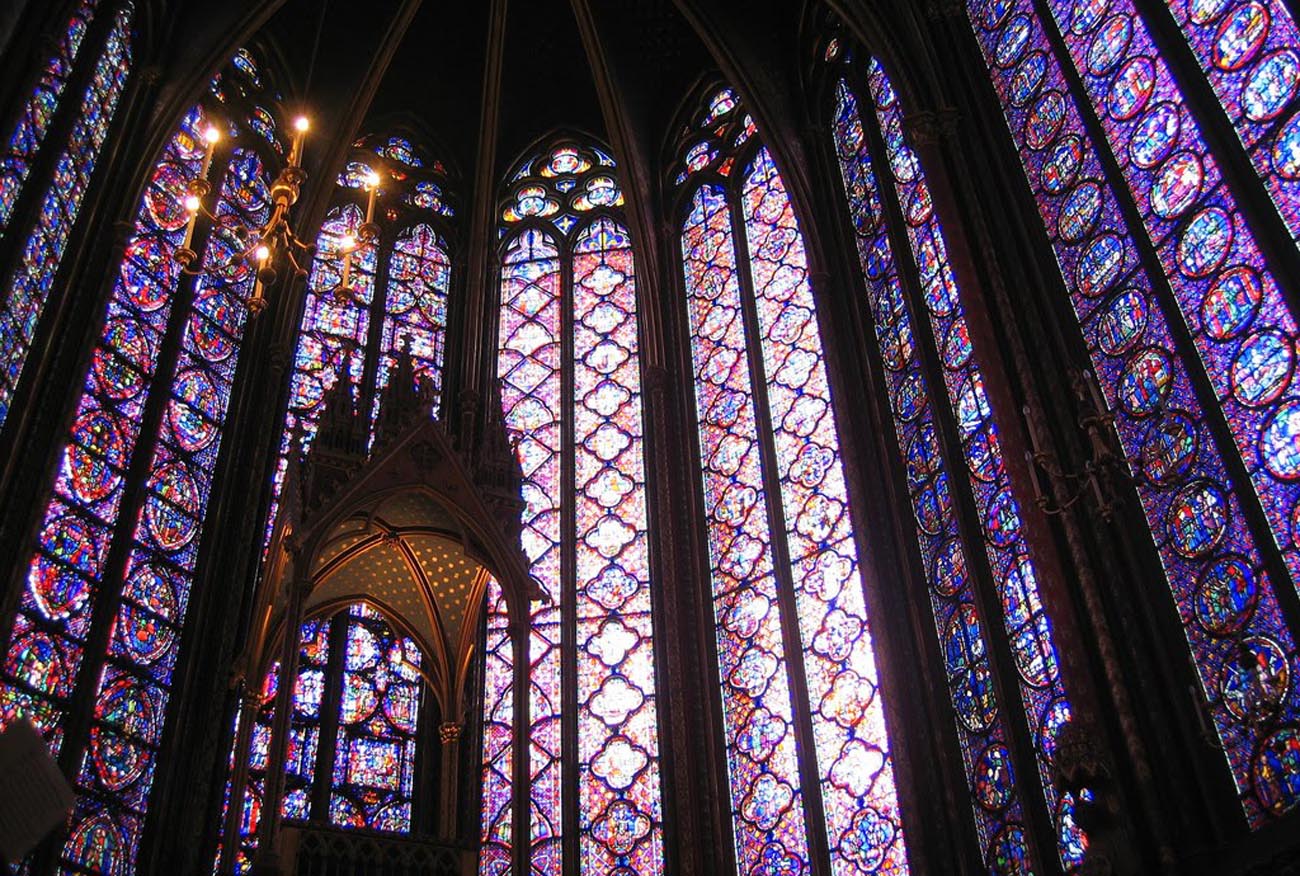Gothic cathedrals, symbols of spirituality and transcendence

Gothic cathedrals are the most fascinating architectural wonders that history has left us. These magnificent structures dating back to the second half of the 12th century shaped the history of art and architecture, expressing the taste, values and religiosity of the society of their time. With their unique style and innovative technical solutions, Gothic cathedrals have become symbols of spirituality and transcendence.
In this article, we will explore together the distinctive features of these impressive constructions and immerse ourselves in the fascinating combination of aesthetics and technological progress that makes them still objects of admiration today. Join me on this adventure into the past as we discover together the most beautiful Gothic cathedrals in the world.
Gothic cathedrals, symbols of spirituality and transcendence

Gothic cathedrals, which originated in the region around Paris, represent a milestone in the history of architecture. The construction of these majestic cathedrals involved a veritable army of craftsmen, including architects, master carpenters, stonemasons and glassworkers.
The building sites could span hundreds of years, during which entire cities contributed their efforts and donations. The accentuated verticality, walls illuminated by fascinating stained glass windows, rampant arches, cross vaults and pinnacles created a space that went beyond the material to embrace the spiritual.
THE UNIQUE AESTHETICS OF GOTHIC CATHEDRALS
These extraordinary constructions are based on geometric shapes and refined support systems. Light plays a major role in the Gothic style, distinguishing Gothic cathedrals from other architectural forms.
Common features include flying buttresses, pointed arches, elaborate windows and the combination of stone and wood to create extraordinary effects.
Gothic cathedrals were designed to rise upwards, with the aim of getting closer to God. Divine light was supposed to filter through large glazed windows, contributing to the brightness of the interior.
This architectural concept originated in northern Europe, and Gothic cathedrals became symbols of devotion and spirituality.
Historically, Saint Denis Abbey is considered the first great example of the Gothic style.
THE FUSION OF AESTHETICS AND TECHNOLOGICAL PROGRESS
The timeless appeal of Gothic cathedrals lies in the perfect fusion of aesthetics and technological innovation. Thanks to the revolutionary use of cross vaults and pointed arches, the interiors of these sacred buildings are characterised by bright and spacious spaces. This architectural approach made it possible to create point organisations without overloading the load-bearing walls, shifting the support of the structures to the pillars. This solution also allowed the use of never-before-seen stained glass windows, transforming the external walls into veritable caskets of light.
The engineering genius of Gothic cathedrals has left an indelible mark on the history of architecture. The system of thrusts and counter-thrusts generated by their cross vaults and buttresses fascinated even 19th century engineers, when new materials such as iron came into play.
Gothic cathedrals, with their spirit of innovation and aesthetic research, are still a source of inspiration for contemporary architects.

Gothic cathedrals offer us a fascinating snapshot of the past, a testimony to the devotion and artistic vision of centuries past.
I recommend you take a look at the post I dedicated to the 7 most beautiful Gothic cathedrals to fully understand their extraordinary combination of aesthetics and technological progress.. These architectural marvels remain landmarks of art and culture, inspiring present and future generations. Gothic cathedrals are more than just buildings: they are milestones that remind us of the power of architecture to elevate the human soul to boundless skies.
Follow me on:
About me
In this blog, I don't explain the history of art — I tell the stories that art itself tells.


